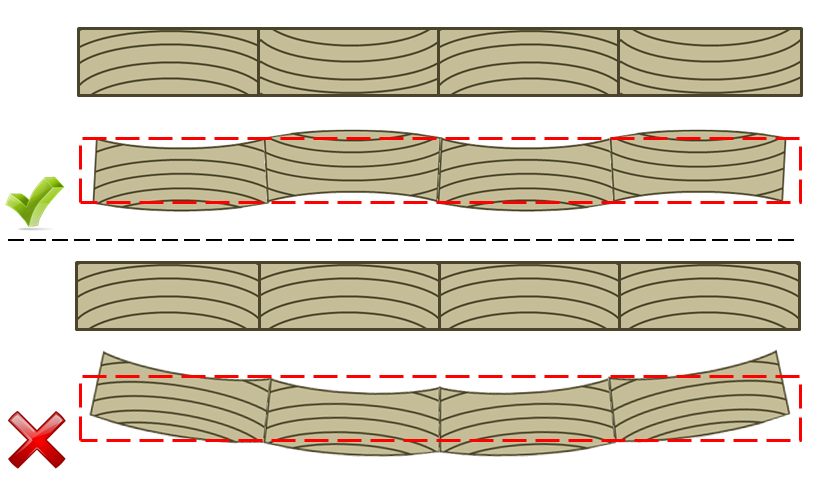Trevanion
Greatest Of All Time
Look no further than Richard Jones' (Sgian Dubh on this forum  ) excellent article on the subject on his site:
) excellent article on the subject on his site:
www.richardjonesfurniture.com/Articles/panel-glue-ups/panel-glue-ups.html
www.richardjonesfurniture.com/Articles/panel-glue-ups/panel-glue-ups.html





































